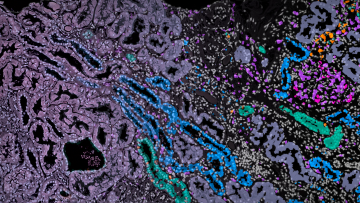So what do you fancy today? Carrollian holograms? The Möbius function? Software to tackle pollution? Additive versus multiplicative structure over integers? A celebration of the many people who have used maths in their everyday lives?
We can do all that and more. We've 100s of case studies online: pure, applied and all things combined. Just click here.
14:15
Gromov-Witten theory in degenerations
Abstract
I will discuss recent and ongoing work with Davesh Maulik that explains how Gromov-Witten invariants behave under simple normal crossings degenerations. The main outcome of the study is that if a projective manifold $X$ undergoes a simple normal crossings degeneration, the Gromov-Witten theory of $X$ is determined, via universal formulas, by the Gromov-Witten theory of the strata of the degeneration. Although the proof proceeds via logarithmic geometry, the statement involves only traditional Gromov-Witten cycles. Indeed, one consequence is a folklore conjecture of Abramovich-Wise, that logarithmic Gromov-Witten theory “does not contain new invariants”. I will also discuss applications of this to a conjecture of Levine and Pandharipande, concerning the relationship between Gromov-Witten theory and the cohomology of the moduli space of curves.
cross-attraction system
Equation for Maxwellian Molecules


